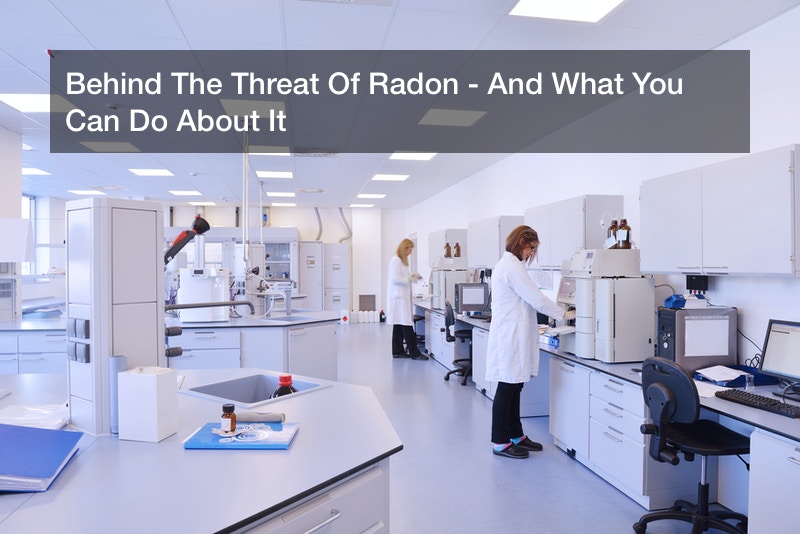

Radon concentrations are quite high in homes all throughout the United States. As a matter of fact, up to one home out of every 15 homes in this country has a radon level that meets or even exceeds the action level that has been set by the Environmental Protection Agency (EPA). In some parts of the country, radon concentrations are even more alarming. For instance, up to seven states and three Native American reservations have overall concentrations of radon that are so high that up to one third of all homes have radon levels at the above rate.
And there is no doubt about it that radon can prove to be very dangerous indeed. In fact, radon is one of the top leading causes of lung cancer, second behind tobacco usage alone. Unfortunately, the United States Surgeon General has identified up to 20,000 radon related lung cancer caused deaths over the course of just one single year. Unfortunately, this is not something that is likely to change unless radon levels overall are brought back down. And if they increase, the risk of developing lung cancer increases right along with them. In fact, each 100 Bq/m increase of radon in your home can increase overall lung cancer risk by as much as a full 16%.
But what can we do to promote radon abatement in homes and buildings all throughout the country? For one thing, educating people to the dangers of radon in their home is ideal, as many simply don’t know that radon is a threat. As radon is odorless, tasteless, and impossible to see with the naked eye, it is all too common for many people not to identify it as a problem – or to even know what it is in the first place! There are many ways in which this has lead to health problems for many people, and will only continue to do so if we do not take the steps to educate the population of our country to the dangers that radon might hold for them.
Fortunately, radon gas testing services are becoming more and more commonplace. Radon testing and inspection can occur in any part of the country and radon gas testing can even occur in a number of different ways, as residential radon testing services can tell you. For instance, there are a number of short term radon gas testing devices currently on the market. With some, radon test results will be available after only just two days. But in many cases, these tests will take a bit longer. Some short term radon gas testing devices will take as many as 90 days to deliver their final result.
And it’s not just short term radon gas testing devices that are utilized. In addition to short term radon gas testing services, long term radon gas testing devices are also utilized, depending on what kind of testing radon mitigation companies and radon testing companies decide to utilize. Long term radon detectors will work by detecting radon past this 90 day mark, something that will be ideal in some situations though certainly not in all of them.
And there’s no need to panic if high levels of radiation are found in your home. Luckily we now know a number of ways in which these radon levels are able to be mitigated. Even passive methods of mitigation can play an impressive role, reducing the amount of radon in any given space by as much as a full 50%. In addition to this, tools like radon ventilation fans can further bring down the total level of radon in your home. Therefore, a high level of radon as detected by radon gas testing is not the end of the world – so long as the proper steps are taken to mitigate this issue.
There is no denying, of course, that the threat of radon is a frightening one once you know the risks that radon exposure (especially long term radon exposure) poses. Fortunately, however, most homes will be able to reduce their overall radon levels quite effectively, though regular radon gas testing is a must to stay on top of overall radon levels.


